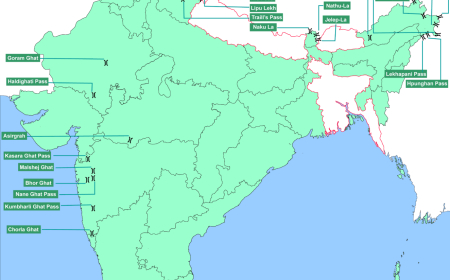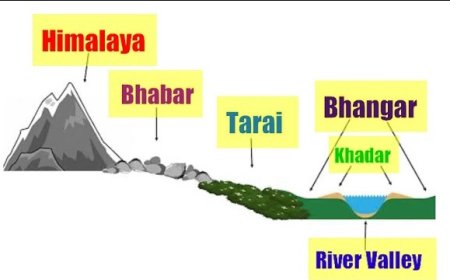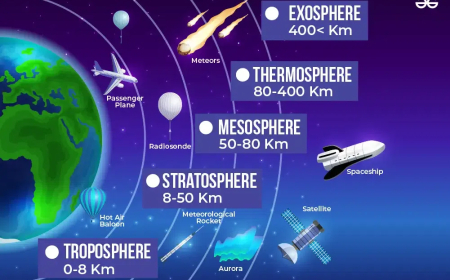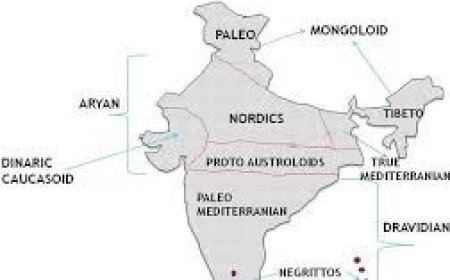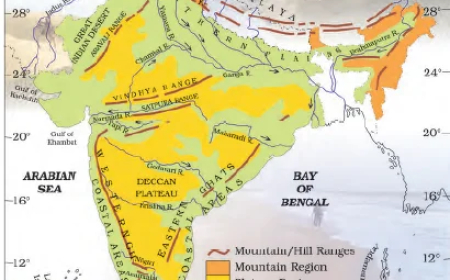Coastal Plain- West and East Coastal Plain
Coastal Plain- West and East Coastal Plain
The Peninsula Plateau of India is flanked by narrow coastal plains of varied width from north to south. These plains were formed by the depositional action of the rivers and the erosional and depositional actions of the sea waves. The Indian coastal plains are divided into the following two divisions: the Western Coastal Plains and the Eastern Coastal Plains.
| Feature | Western Coastal Plain | Eastern Coastal Plain |
| Location | Between the Western Ghats and the Arabian Sea | Between the Eastern Ghats and the Bay of Bengal |
| Extent | From Rann of Kutch in the north to Kanyakumari in the south | Along the states of West Bengal, Odisha, Andhra Pradesh, and Tamil Nadu |
| Width | Varies from 10 to 80 km | Varies widely, forming broader deltas |
| Characteristics | Sandy beaches, coastal sand dunes, mud flats, lagoons, estuary, laterite platforms, residual hills | Formed by alluvial fillings, consists mainly of recent alluvial deposits, well-defined beaches |
| Regions | Northern part: Konkan Plain, Middle part: Kanara, Southern part: Malabar coast | Northern part: Northern Circars (Mahanadi to Krishna), Southern part: Coromandel coast (Krishna to Kaveri) |
| Sand Dunes | Present, especially in the Malabar coast-Length of Malabar Coast-About 550 km, Width of Malabar Coast- 20-100 km | Less prominent |
| Lagoons and Backwaters | Numerous shallow lagoons and backwaters called Kayals and Teris, Vembanad is a famous backwater lake | Chilka (Odisha) is the largest lake in India located to the southwest of the Mahanadi delta, Kolleru Lake (between Godavari and Krishna deltas), Pulicat Lake (Andhra Pradesh-Tamil Nadu border) |
What's Your Reaction?








